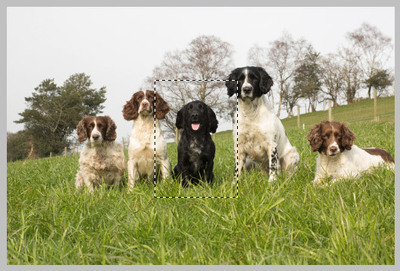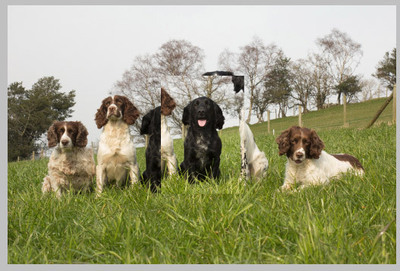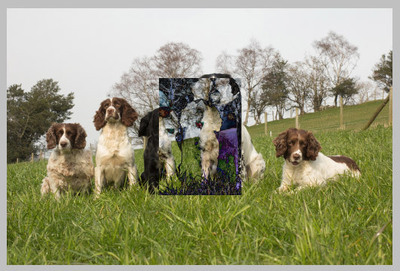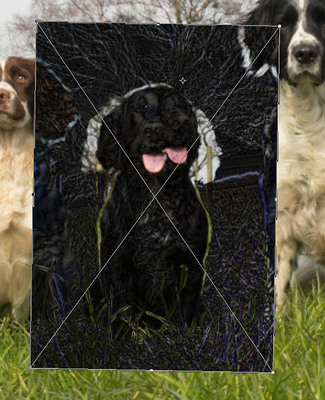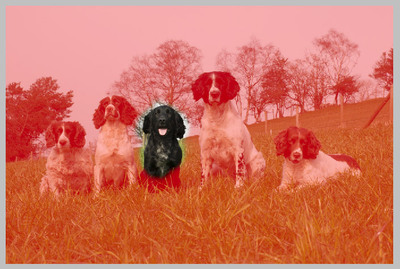-
Posts
209,783 -
Joined
-
Last visited
-
Days Won
3,376
Everything posted by Damien Symonds
-
Gosh, nice work. Looking at it again though, I think you need to go a little lower still with the Lightness slider on that Hue/Sat layer you made.
-

Primary Monitor Wrapping (?) in Photoshop
Damien Symonds replied to HeatherH's topic in The Macintosh User Group
First, try these. -
Yes, this, I think.
-
Yes, and this is very tricky.
-
By jove, I think we're close. Just burn a bit more shadow around him.
-
Excellent. Now add a Hue/Saturation layer above the boy layer, and clip it to the boy layer (Cmd Opt G). Then lower the Lightness slider just a little - I feel he's a tiny bit too bright for the photo just now.
-
Good, but darken in front of him a bit too. Again, look at the shadows around the others.
-

The best way to mask and replace the background
Damien Symonds replied to cathm's topic in Help with editing
Right. -

The best way to mask and replace the background
Damien Symonds replied to cathm's topic in Help with editing
No, this is not a two-step process. Just mask the new background straight over the father. -
No, those shadows are too distinct. Look at how big and soft the shadow are around the nearby feet.
-

The best way to mask and replace the background
Damien Symonds replied to cathm's topic in Help with editing
Any lab at all. Even a cheap suburban kiosk should print this ok. I'm flabbergasted that Bay messed this up. -

The best way to mask and replace the background
Damien Symonds replied to cathm's topic in Help with editing
Your file is excellent. Absolutely perfect. This is a lab problem, not yours. There is no reason on earth why this should have printed badly. -

Replace background with light colored hair
Damien Symonds replied to Boca Life Photography's topic in Help with editing
Not really, no, sorry. You'll be able to get away with it if you use a really light sky. -

The best way to mask and replace the background
Damien Symonds replied to cathm's topic in Help with editing
Can you please send me the exact jpeg file you sent to the lab for printing? https://www.hightail.com/u/BellePhotography Can you elaborate on this? You must NEVER sharpen during editing. Sharpening must only happen on the output file, after flattening and cropping/resizing. -
I'm so sorry Clare, I've got nothing. I have no methods for this I'll move it into the general discussion area, in case somebody else has a solution.
-

Lab print is no longer matching
Damien Symonds replied to SandySilveira's topic in Monitor calibration questions or problems
No, ignore that nonsense. I don't know why labs persevere with the 120 myth. If previous prints still match just fine, then you got a dodgy print run. Demand a reprint. -
First, open the donor image and select a generous chunk around the dog: Then open the base image and paste the dog onto it: Immediately change the layer to a Smart Object, then change its blend mode to "Difference": Ctrl T to get the transform handles. Zoom in as far as needed, and line up the tree branches just above the dog's head as accurately as possible. Then Alt-click on them to set the middle point there, then rotate to line up the grass around the dog's legs also as accurately as possible. In my play, I also found I had to enlarge the dog a tiny bit. Once it's all lined up as accurately as you can, put the blend mode back to Normal, hide the dog completely with a black mask, then paint it in. (I've shown the mask in red view here):
-
Oh gosh no, just swap the whole dog. This method.
-

Lab print is no longer matching
Damien Symonds replied to SandySilveira's topic in Monitor calibration questions or problems
Do you still have some of the older prints handy? If they still match, then you know that your screen/calibration hasn't changed, and you can legitimately begin to suspect a lab mess-up in this recent batch. -
Oh boy, these are tough. May I see a closer crop of the area?




